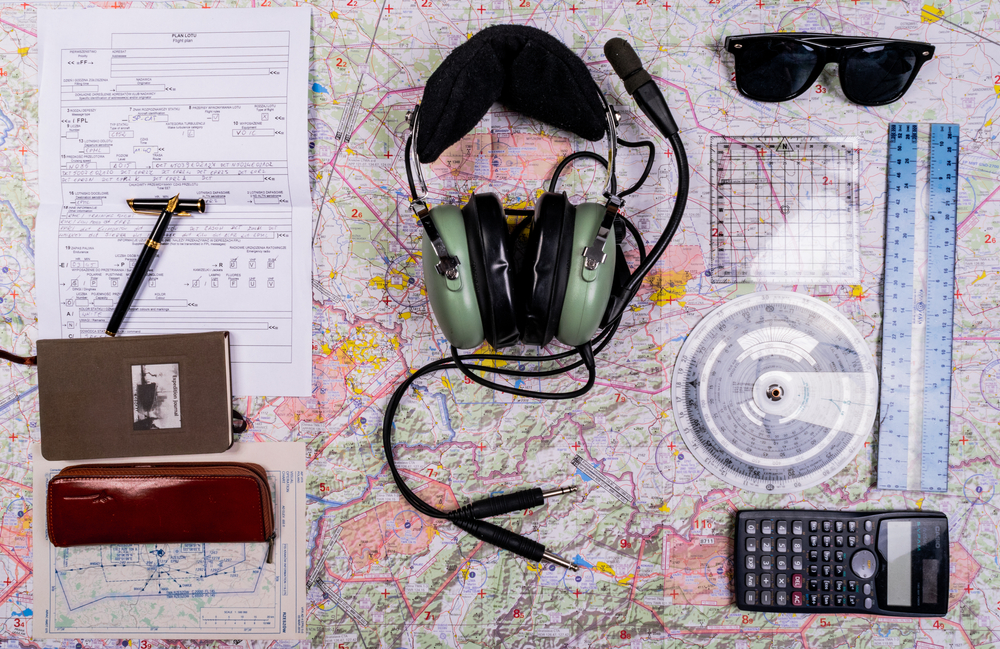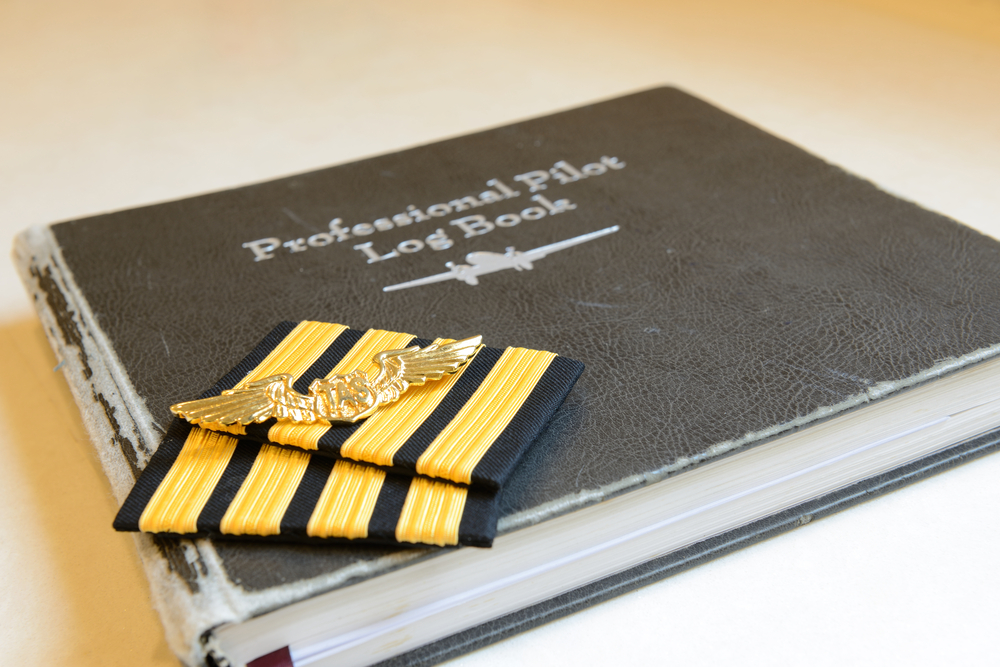For pilots, a Type Rating is a specialized certification that grants the authority to operate a specific aircraft type. As their careers advance, many pilots begin to ask how many Type Ratings they can realistically hold. This question is not just about counting certifications, it involves understanding the regulatory requirements, operational realities, and the significant time and financial investment that come with each Type Rating.
Today we will explore the concept of Type Ratings, the regulatory background that governs them, and the practical factors that influence how many a pilot can maintain. You will also discover real-life examples of pilots who hold multiple Type Ratings and learn how managing several certifications can shape the trajectory of a pilot’s career.
Table of Contents
Regulatory background of Type Rating requirements in Europe, USA, and Canada
If you have read the article about the 10 FAQs regarding the Type Rating course, you already know that completing the course is not mandatory for aircraft with a maximum certified takeoff mass under 5,700 kilograms (12,566 pounds), provided the aircraft is not a turbojet-powered plane equipped with complex flight controls and avionics. Nonetheless, it is important to review the applicable regulations to determine the general Type Rating requirements for pilots aiming to fly in different regions.
Europe
In Europe, EASA oversees Type Ratings under EASA Part-FCL. The process includes classroom training, which is also known as ground school training, and simulator sessions. Following EASA requirements, pilots must keep their skills fresh with regular recurrent training and checks, usually every six to twelve months.
EASA also allows some flexibility by grouping similar aircraft models. For example, the Airbus A320 family shares one Type Rating, which makes transitioning a bit easier.
USA
In the United States, the FAA regulates type ratings through 14 CFR Part 61, which can be reviewed in detail on the FAA’s official Electronic Code of Federal Regulations (e-CFR) website. Here, Type Ratings are required for turbojet aircraft and for all aircraft with a maximum takeoff weight over 12,500 pounds (a bit less if compared to EASA regulations).
The training process involves a dedicated Type Rating course, which includes ground school and simulator evaluations. Similar to EASA requirements, recurrent training usually occurs every six months or annually depending on the airline’s specifics.
However, unlike EASA, the FAA generally issues separate Type Ratings for each aircraft model without grouping.
Canada
Canada’s Type Rating system is regulated by Transport Canada Civil Aviation (TCCA) under the Canadian Aviation Regulations (CARs) Part IV, accessible here. The Canadian framework closely mirrors FAA standards, requiring Type Ratings for all turbojet aircraft and large aircraft with a maximum takeoff weight exceeding 12,500 pounds.
Similar to the USA, TCCA issues Type Ratings for each specific aircraft type rather than grouping them by family. Pilots must complete an approved Type Rating course, which includes simulator training and flight checks, before flying the aircraft they want.
Below you can find a comparison table highlighting the key differences in Type Rating requirements between the EASA, the FAA, and TCCA:
| Europe (EASA) | USA (FAA) | Canada (TCCA) | |
| Regulatory framework | EASA Part-FCL | 14 CFR Part 61 | Canadian Aviation Regulations (CARs), Part IV |
| Type Rating requirement | Required for turbojet aircraft and aircraft over 5,700 kg MTOM | Required for turbojet aircraft and large aircraft (over 12,500 lbs) | Required for turbojet aircraft and large aircraft (over 12,500 lbs) |
| Course & training | Specific Type Rating course plus theoretical and simulator training | Specific Type Rating course, ground school, and simulator check | Type Rating course, simulator training, and flight checks |
| Recurrent training | Every 6-12 months per Type Rating | Every 6 months (or annually depending on airline) | Every 6-12 months depending on aircraft/operator |
| License endorsement | Endorsed on EASA ATPL or CPL licenses | Type Rating added as endorsement to FAA licenses | Endorsed on Canadian CPL or ATPL licenses |
| Cross-family ratings | Some Airbus family types grouped under one rating | Each aircraft Type Rated separately | Each aircraft Type Rated separately |
Groups of Type Ratings
Type Ratings vary depending on the aircraft category, size, and complexity. In general, Type Ratings fall into three main groups:
1. Airliner Type Ratings
Airliner Type Ratings are required for large commercial aircraft, covering both narrow-body and wide-body jets. For example, the Boeing 737, Boeing 777, Airbus A320 family, Airbus A350, Boeing 787 Dreamliner, and others. In some cases, aviation authorities allow grouped Type Ratings within aircraft families that share a common cockpit layout and similar handling characteristics.
Some examples are the Airbus A320 family, where one Type Rating covers the A318, A319, A320, and A321 models, or the Boeing 757 and 767, which, under specific conditions and additional training, can be operated under a common Type Rating due to similar avionics and cockpit design. Another example is the Airbus A330 and A350. While they may look different at first glance, they share enough similarities that some airlines allow experienced pilots to fly both with the same Type Rating.
2. Business jet Type Ratings
Business jet Type Ratings apply to high-performance private jets used for corporate, VIP, or charter flights. For example, Gulfstream G650, Bombardier Global Express, Dassault Falcon 7X/8X, and newer models like the Gulfstream G700 or Bombardier Global 7500.
3. Heavy helicopter Type Ratings
Heavy helicopter Type Ratings are required for large, complex rotorcraft used in operations such as offshore oil and gas transport, search and rescue, VIP transport, and firefighting.
If you aim to fly helicopters such as the Sikorsky S-92, Leonardo AW139, or Airbus H225, you will need to complete a dedicated type rating course for each.
How many Type Ratings can a pilot have?
When considering how many Type Ratings a pilot can hold, it is important to highlight that while EASA, the FAA, and TCCA set clear standards for pilot training and certification, none of these authorities place a legal limit on the number of certifications a pilot may obtain!
From a regulatory standpoint, this means a pilot can acquire as many Type Ratings as they can complete successfully. This flexible framework allows pilots to transition between different aircraft types throughout their careers, as often as they meet all the requirements.
For instance, a pilot might start flying a narrow-body airliner like the Boeing 737, then later add a wide-body rating such as the Boeing 787, and perhaps also maintain ratings for business jets or helicopters, depending on their career plan.
The law does not limit how many types of Ratings a pilot can have. But in real life, there are natural limits. Why? Because each Type Rating requires serious commitment. Pilots must complete initial training (ground school, simulator sessions, and flight checks) to prove that they are ready to fly that specific aircraft. Then they must complete recurrent training and proficiency checks to stay current and legal.
Holding multiple Type Ratings means juggling many schedules, costs, and mental demands all at once. And this is not just a time-consuming process, it is also expensive. Each Type Rating can cost tens of thousands of dollars, with ongoing costs for recurrent training.
On top of that, airlines usually assign pilots to just one or two aircraft types. So, even if a pilot holds several ratings, they often only fly a couple actively.

Is it worth holding multiple Type Ratings?
In short, holding multiple Type Ratings can be a real game-changer if you thrive on variety, value flexibility, and are ready to commit to the ongoing learning and expenses involved. For corporate or private jet pilots who regularly switch between different aircraft types, having several ratings makes life much easier and opens up more flying opportunities. This approach can also benefit freelancers and contract pilots by giving them the flexibility to stay in demand.
On the flip side, if you are aiming to become an airline pilot flying a single fleet, stacking up Type Ratings might just mean more time and money spent on training you will not really use. Early in your career, it can be smarter to focus on gaining experience with one aircraft before spreading yourself too thin. Plus, since each rating comes with its own price tag and training demands, it is important to weigh whether the benefits truly outweigh the costs.
Real-life examples: pilots with the highest number of Type Ratings
Some pilots have become well-known for their extraordinary number of Type Ratings, setting impressive examples in the aviation world.
If you are looking for some inspiration, one such pilot is Captain Robert Blaine Briggs. As of August 24, 2016, he set a Guinness World Record by achieving 105 FAA aircraft pilot Type Ratings, the highest ever recorded by an individual. His extensive qualifications include certifications for a wide array of aircraft, such as the DC-3, DC-10, Boeing 727, and Boeing 777. Briggs amassed these ratings over a 32-year career with the Flying Tiger Line, which later merged into FedEx.
Fun fact, beyond his career in commercial aviation, he celebrated 50 years as a licensed pilot by attempting to land at every airport across the state of Iowa in one week, flying a Cessna 172!
Another remarkable example is the legendary Captain Eric “Winkle” Brown, a British Royal Navy officer and renowned test pilot. Captain Brown holds the Guinness World Record for flying the greatest number of different aircraft types — an impressive total of 487.
Interestingly, this figure includes only the primary aircraft types. For instance, although he flew 14 different variants of the Spitfire and Seafire, some of which had significant differences, they are counted as a single type on the official list. Moreover, only the aircraft he operated as Pilot in Command were considered for the record.
While few pilots will ever reach the record-breaking numbers of Captain Briggs or Captain Brown, their stories show what is possible when skill, curiosity, and dedication meet. For most pilots, managing a few carefully chosen Type Ratings can open doors to more flexibility and more rewarding career opportunities. At the end of the day, how many you pursue depends on your ambitions, but as history shows, the sky is never really the limit!

